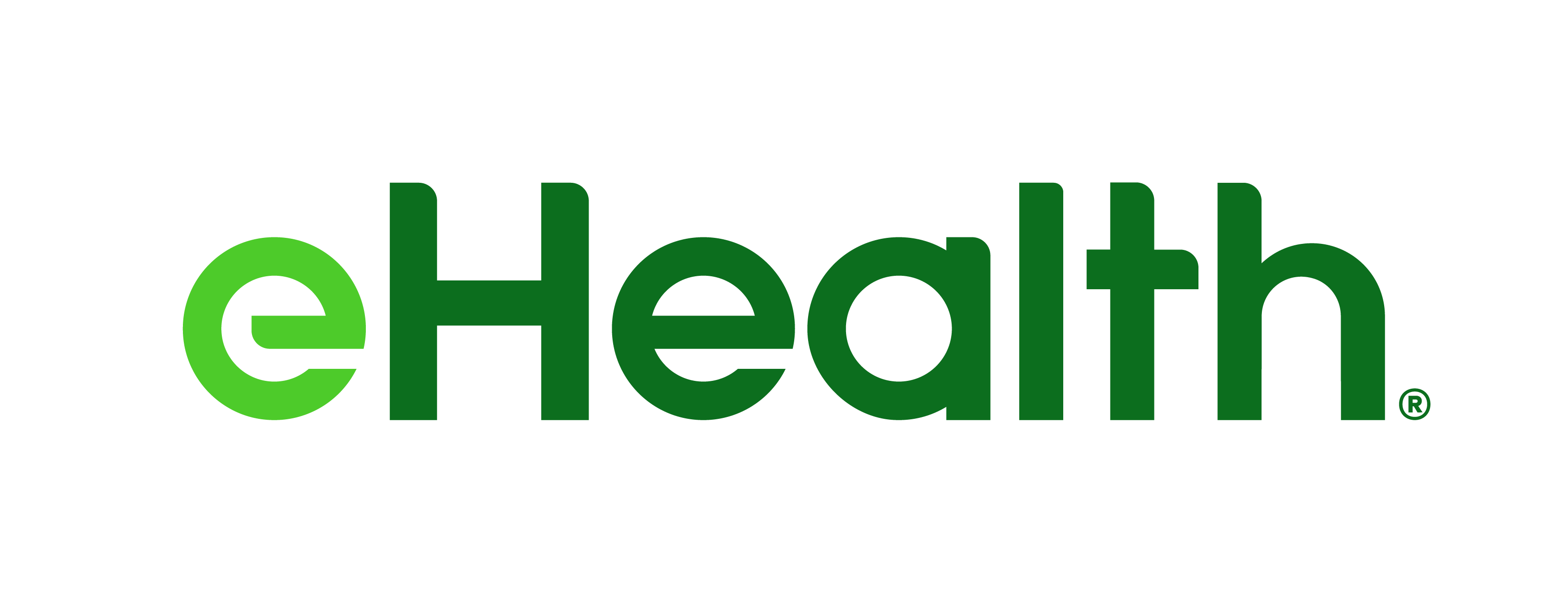Obamacare Coverage Would Be Unaffordable in 2018 for Most Consumers Ages 45+, eHealth Report Shows
A 10% price increase in 2018 would leave the majority of health insurance shoppers with no “affordable” health insurance options by age 45 if they don’t qualify for subsidies
Projecting rate increases of 10 percent across 25 cities and limiting its review to middle-income consumers who earn 401 percent of the federal poverty level (making them ineligible for subsidies), eHealth found that for this group:
- 60-year-olds would need to earn an additional
$46,658 per year before the lowest-priced plan available meets Obamacare’s affordability criteria. - 55-year-olds would need to earn an additional
$30,262 per year before the lowest-priced plan available meets Obamacare’s affordability criteria. - 45-year-olds would need to earn an additional
$3,400 per year before the lowest-priced plan available meets Obamacare’s affordability criteria. - 35- and 25-year-olds who earn too much to qualify for subsidies would generally still be able to purchase coverage that meets ACA standards for affordability.
The Affordable Care Act considers health insurance to be “unaffordable” when annual premiums for the lowest-priced plan in a market cost more than 8.16 percent of a person’s modified adjusted gross income (or MAGI). When health insurance is unaffordable by this standard, individuals and families may qualify for an exemption from Obamacare’s individual mandate to buy health insurance.
Government subsidies for monthly health insurance premiums are available to people earning up to 400 percent of the federal poverty level, but middle-income individuals who earn 401 percent or more of the federal poverty level are not eligible for this subsidy assistance.
“Obamacare simply isn’t working for middle-income and middle-aged Americans who buy health insurance on their own,” said eHealth CEO
Mr. Flanders continued: “Meanwhile, lower-income and younger folks are often able to get subsidy assistance but are denied the right to choose from Obamacare-compliant plans not offered on government sites. Younger Americans should be able to access a transparent and competitive online healthcare marketplace, like those they enjoy in almost every other area of the economy. Policymakers should lower barriers and empower all Americans – young and old – with choice and buying power.”
The table below summarizes eHealth’s findings across all surveyed cities by age group:
|
Age of |
2017 annual |
Projected |
Affordability |
Subsidy |
Affordability |
|||||
| 60 | $7,048.64 | $7,753.51 | $95,018.45 | $48,360.00 | $46,658.45 | |||||
| 55 | $5,832.36 | $6,415.59 | $78,622.44 | $48,360.00 | $30,262.44 | |||||
| 45 | $3,839.66 | $4,223.63 | $51,760.11 | $48,360.00 | $3,400.11 | |||||
| 35 | $3,273.74 | $3,601.11 | $44,131.27 | $48,360.00 | no gap | |||||
| 25 | $2,420.96 | $2,663.05 | $32,635.47 | $48,360.00 | no gap | |||||
The following table highlights the five least affordable cities (among the 25 surveyed) for individuals age 45.
|
City or Metro |
Projected 2018 |
Affordability |
Subsidy threshold |
Affordability gap |
||||
| Phoenix, AZ | $6,645.14 | $81,435.59 | $48,360.00 | $33,075.59 | ||||
| Raleigh, NC | $5,717.98 | $70,073.24 | $48,360.00 | $21,713.24 | ||||
| Lincoln, NE | $5,717.18 | $70,063.53 | $48,360.00 | $21,703.53 | ||||
|
Oklahoma City, |
$5,201.72 | $63,746.62 | $48,360.00 | $15,386.62 | ||||
| Mobile, AL | $5,074.87 | $62,192.06 | $48,360.00 | $13,832.06 | ||||
More detailed findings across the 25 cities analyzed may be found here.
These figures are based on a uniform, conservative 10% projected increase in health-insurance premiums between 2017 and 2018. In fact, some independent projections for 2018 have estimated that premiums may increase 20% or more on average. There will likely be significant variability in the actual rate increase in 2018 for each plan and each market.
Methodology
eHealth surveyed 2017 premiums for the lowest-cost ACA-compliant plan available in 25 cities and/or metropolitan areas for individuals ages 25, 35, 45, 55 and 60. Rates were gathered through the federally run health insurance exchange Healthcare.gov and through the government-run health insurance marketplaces of
Premium projections for 2018 were calculated with a 10 percent projected increase over 2017. This 10 percent projected increase was an assumption used for analysis, and is not intended to imply that all plans will uniformly increase at the same rate or to reflect the actual rate increase for any specific plan in any market or for any aggregated set of plans. Each plan in each market will have its own actual rate increase (or possibly in some cases, decrease) for 2018. Rates may vary from zip code to zip code within the same metropolitan area or state, and less-costly plans may be available in some cases to consumers who do not use the health insurance exchanges and marketplaces noted above. In addition, this analysis does not attempt to predict legislative, regulatory, or other changes that may affect the actual 2018 rates for plans.
In determining the subsidy threshold – the point at which government subsidies are no longer available to people purchasing qualifying health plans – eHealth employed federal poverty-level guidelines for 2017. Subsidies may be available to people with a household income of up to 400 percent of the federal poverty level; as such, eHealth’s described “subsidy threshold” is calculated at 401 percent of the federal poverty level for 2017. The “affordability threshold” is calculated as the annual household income level at which eHealth’s 2018 premium projections reach 8.16 percent of household income. This is the point at which the lowest-priced available plan is considered unaffordable under the rules of the Affordable Care Act for 2017.
About eHealth
For more health insurance news and information, visit eHealth's Consumer Resource Center.
View source version on businesswire.com: http://www.businesswire.com/news/home/20171012005530/en/
Source:
DMA Communications for eHealth, Inc.
Sande Drew, 916-207-7674
sande.drew@ehealth.com
or
eHealth, Inc.
Nate Purpura, 650-210-3115
nate.purpura@ehealth.com
